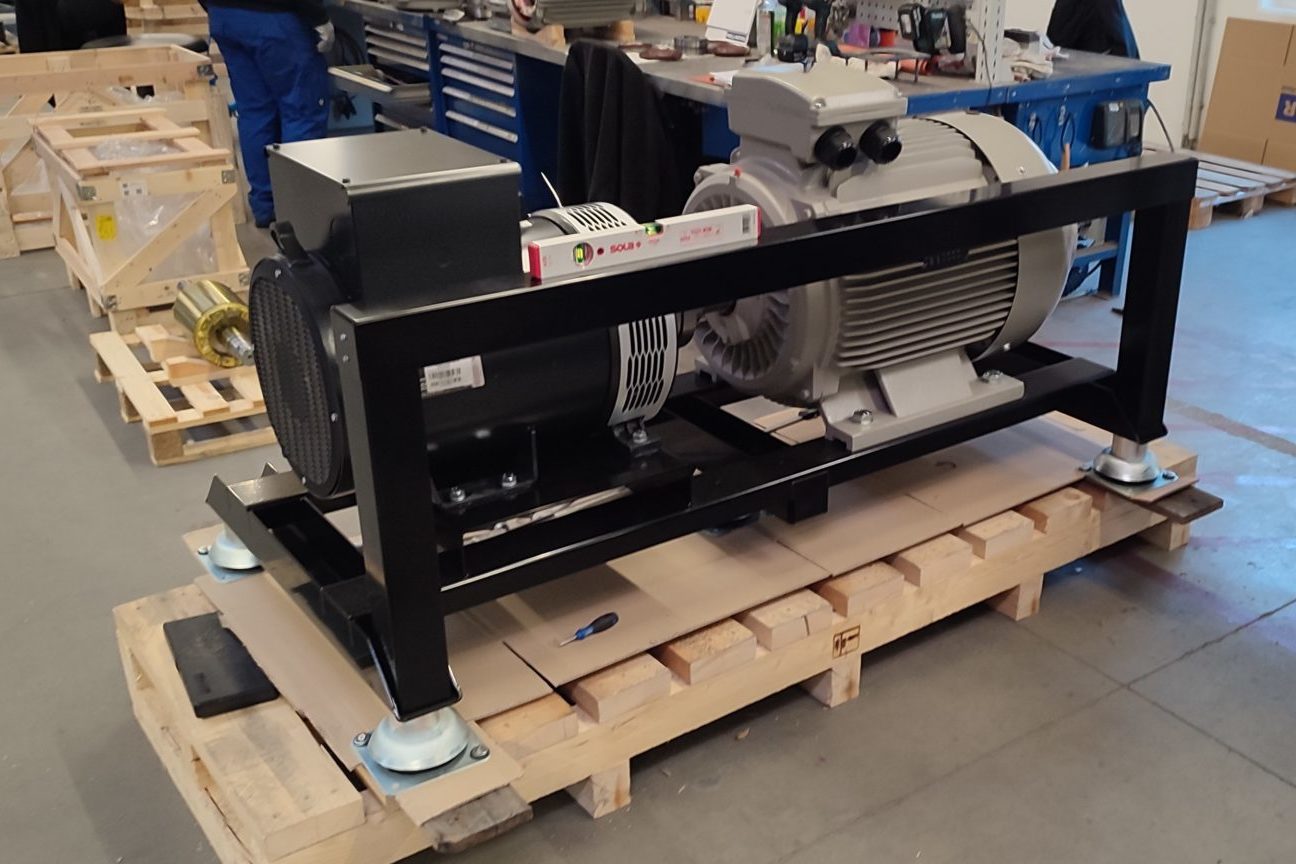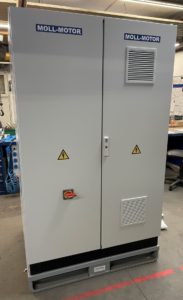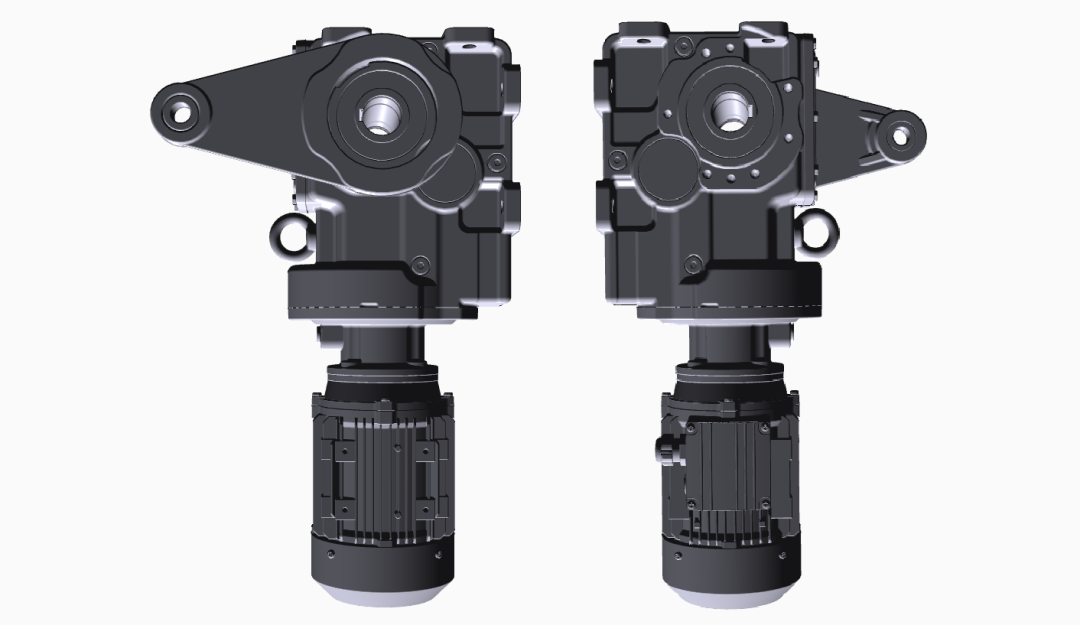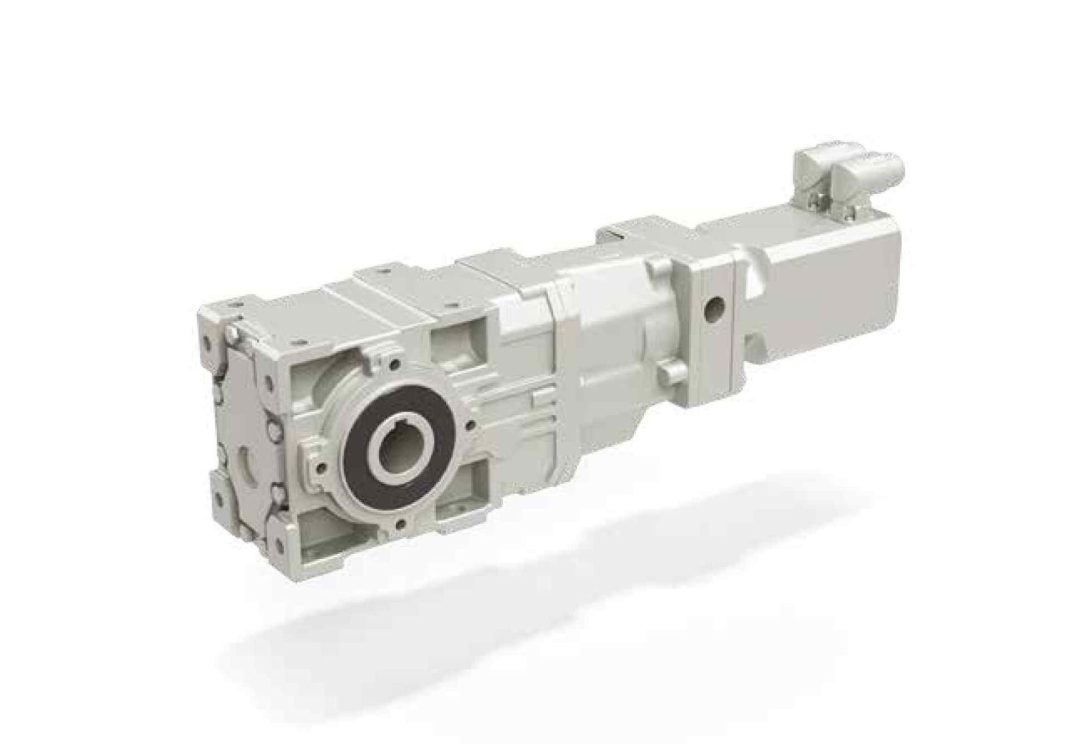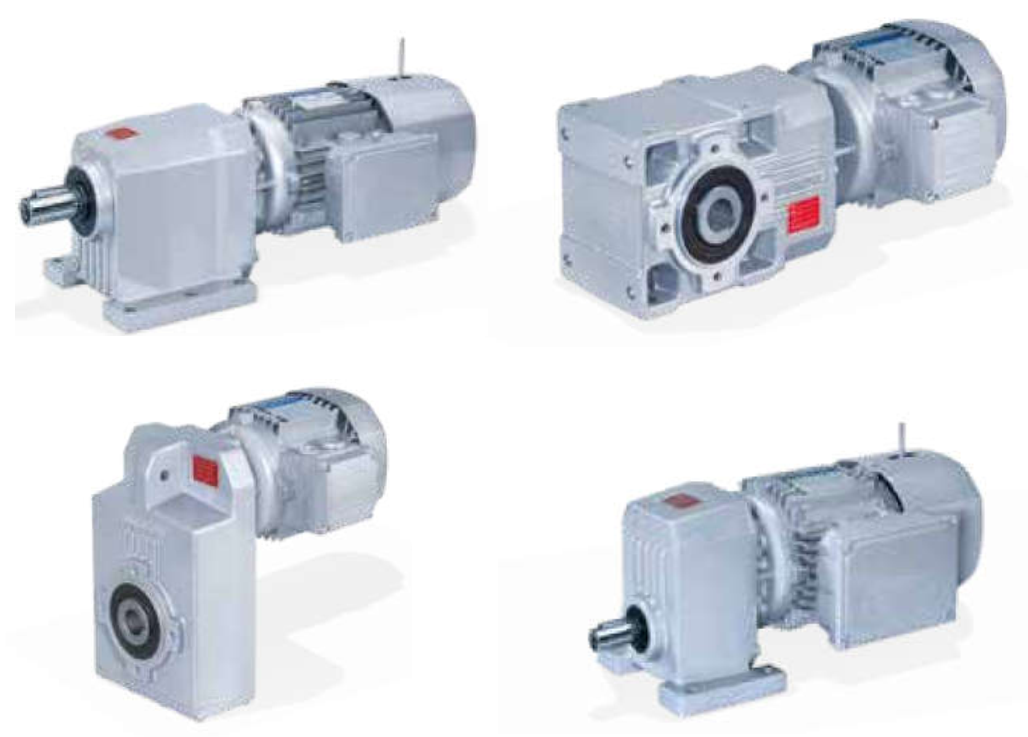Different mains voltages and frequencies
Various standards for mains voltage and frequency exist around the world. The European 230/400 volt at 50 Hz is also used in India and Australia. In the USA, 120/240 volts at 60 Hz is common. Other economically important nations even have different grid configurations within the country. Japan has a very low grid voltage of 100V, which is clocked at 50 or 60 Hz depending on the region. In Brazil, the voltage depends on the region (110/127/220 volts), and the power supply in South Africa, Mexico, Saudi Arabia and Vietnam is also inconsistent.
Effects on machines and systems
The drive technology of machines and systems essentially consists of three-phase motors. By design, the mains frequency determines how fast such a motor rotates, while the mains voltage determines how much current flows through the winding. If a motor rotates 20% faster (60Hz), this can cause huge problems for some machines. Faster rotating conveyor systems cannot achieve the same torque and can get stuck. System fans are particularly susceptible as flow machines. The torque requirement increases as the square of the speed, 20% faster means 44% more counter-torque and a 73% higher power requirement. A motor that is started up carelessly can suddenly draw an unexpected amount of current, overheat and burn out.
Steps for technical adaptation
In order to ensure the performance and safety of exported machines and systems in the target area, the design must be checked and adapted in-house. However, electrical and mechanical calculations are based on assumptions and it is difficult to prepare for specific conditions in the destination country. For this reason, MOLL-MOTOR has been repeatedly commissioned by mechanical engineering companies for decades to supply them with a suitable dynamic voltage and frequency converter. The realistic simulation of these devices makes it possible to simulate voltage fluctuations or frequency drift occurring at the installation site and to test the reaction of the machine.
What does a dynamic voltage and frequency converter consist of?
A dynamic voltage and frequency converter requires three main components: a motor, a generator and a control cabinet controller. The end user commissions the electric motor using the standardized European power grid. This three-phase motor converts electrical energy into mechanical energy and uses it to drive the coupled generator. This electrical generator in turn generates electrical energy from the mechanical movement, using the mains voltage and frequency specific to the destination country. The control cabinet controller regulates and monitors this process to ensure a stable and precise output voltage and frequency, or to simulate different grid conditions. MOLL-MOTOR has the appropriate motors and generators in stock, manufactures the control cabinet itself and has excellent contacts with manufacturers of steel frames on which the motor and generator are mounted.
The machine or system components are now operated using the simulated power grid at the destination. This proves in advance that the system is working perfectly and prevents unjustified complaints. If calculation errors have occurred, the problem can be detected and rectified at your own plant, making expensive service calls in foreign countries less likely.
Conclusion
For exporting mechanical and plant engineering companies from Austria and Europe, investing in dynamic voltage and frequency converters is a sensible measure to ensure global compatibility and open up new markets for their products. The realistic simulation of operating conditions can identify problems more reliably than any calculation, and these can be rectified before the products leave the European market. Proactive action by Austrian companies also strengthens the reputation of Austrian products in the world and secures machinery and plant engineering in Austria in the long term.

